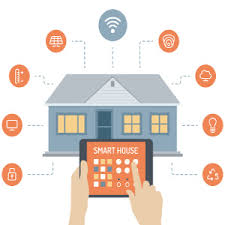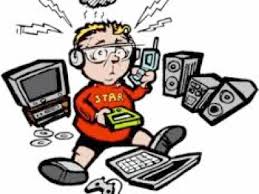Nuance Audio is a new option for people who resist traditional aids, from the company that makes Ray-Bans and operates LensCrafters.
Seekers of Meaning Podcast Posted Online March 7, 2025
What's Next Longevity Deal Talk Episode 32, January, 2025
Presentation: What's Next Longevity Venture Summit, June, 2025

 Smart home devices are not smart about tech support. The
Smart home devices are not smart about tech support. The  Picking on Apple because they are there, but of course they are not unique. What’s new with
Picking on Apple because they are there, but of course they are not unique. What’s new with  Digital literacy – what is it?
Digital literacy – what is it?  The
The